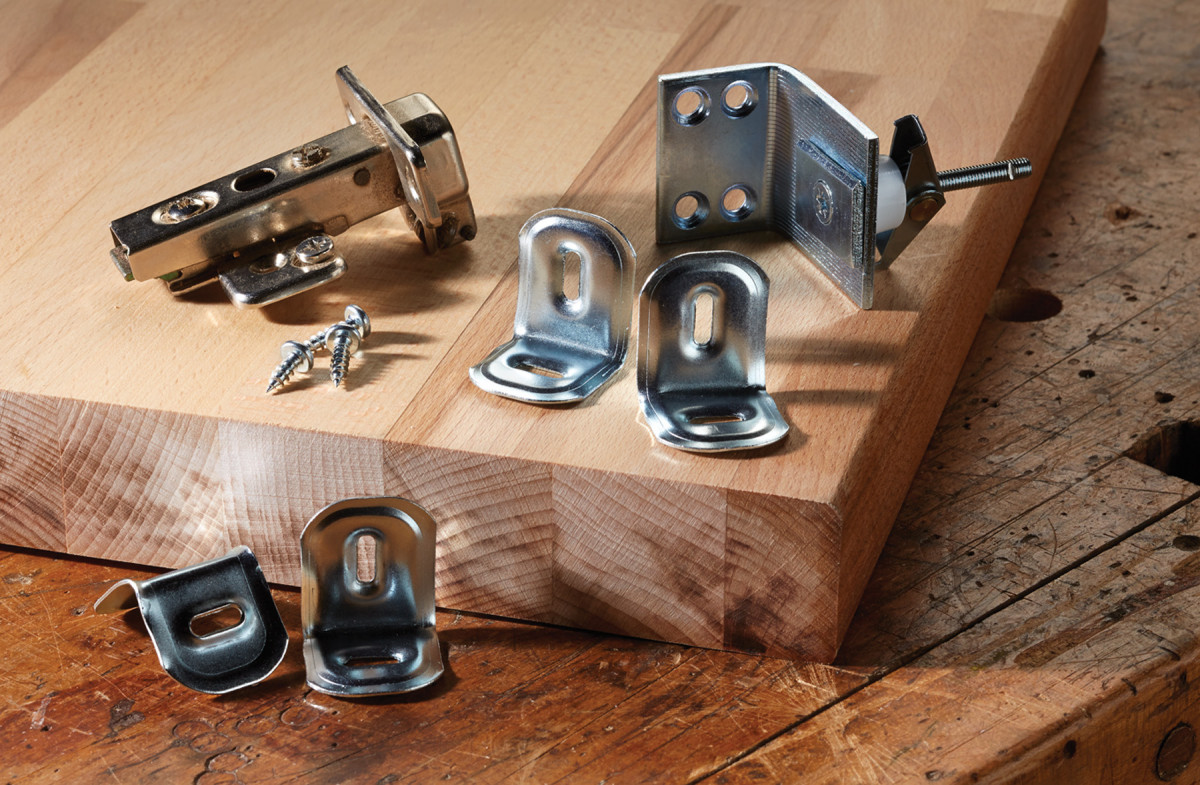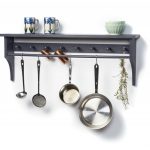We may receive a commission when you use our affiliate links. However, this does not impact our recommendations.

Lessons from a big box guide my approach to woodworking.
I love Ikea. Yes, I said it.
This store has provided me with an understanding of furniture design and with products I use on many of my projects. For some I’m happy to pay, but for most I haven’t had to pay a penny.
I first became aware of furniture design while walking our dog. Seriously. To get to the off-leash park, we walked down back lanes.
I was alarmed at the sheer quantity of discarded furniture – Ikea furniture, to be precise. I began to examine this stuff more closely, and gradually a pattern emerged.
From this pattern I formed a “law” of furniture design. Take, for example, Ikea beds: Pieces broke right where the mechanical fasteners were placed. Well, it figured, two kids jumping on a bed = dynamic load. Therefore, dynamic load + barficle-board + mechanical fasteners + time = garbage.
I learned about chair construction – actually how not to construct a chair – while working at Chez Phillipe, a cozy French bistro. Maybe it was serendipity that caused me to observe how Ikea chairs failed, but I made the necessary observations seated on the “throne.”
When a chair failed, the waiters hauled it off to our tiny staff washroom. At any given time, there were five failed chairs crammed into that tiny john.
The owner would salvage what he could from broken chairs and re-assemble a single one. Missing chairs were replaced with the same Ikea model and given a coat of lime-green paint (to match the decor of Chez Phillipe).
There were three major causes of failure: First was choice of materials; the chairs were softwood, pine I think. Again, wood around the mechanical fasteners failed, or wood was compressed and then racked, and fasteners would fall out.
Second is that dowels make lousy joinery for dynamic loads; they invariably failed.
Third is poor stock selection. The curved rear legs almost always failed because of grain runout. After a year working there, I had opportunity to examine how nearly 80 identical chairs failed, and it never cost me a dime. Not an armchair detective, but close.
As I became more proficient with tools and had time to make projects, I began to see discarded furniture in the back lanes in a different light – as a resource. I haven’t bought cup hinges in 10 years now – same with drawer glides, knobs, and pulls.
Ah, but wood, you ask, can real wood be salvaged from Ikea castoffs? Yes, there is some real wood in Ikea furniture.
Discarded beds come with solid spruce bed slats, which are just under 3⁄4” thick, 34″ long, and about 3″ wide. I have built numerous projects with these.
Hardwood? Yes. To build my bow saw, I bought the hardware, like many others do, from Tools For Working Wood. But the beech for my saw came from Ikea. Actually, it came from my neighbor when he tossed out his Ikea Poäng armchair. There was even enough left over to make an English layout square.
So when do I actually make a trip to the big blue and yellow box and fork out money? I do it for one, and only one item: Numerär. That’s the 11⁄2“-thick countertop in solid beech or birch. It’s not furniture; it’s building material.
As a result, I’m grateful for Ikea. Just not for the reasons Ikea wants me to be. PWM
While Edward has splurged for “real” lumber in some projects, others are made from furniture he finds while walking his dog in Vancouver, British Columbia.
Here are some supplies and tools we find essential in our everyday work around the shop. We may receive a commission from sales referred by our links; however, we have carefully selected these products for their usefulness and quality.









